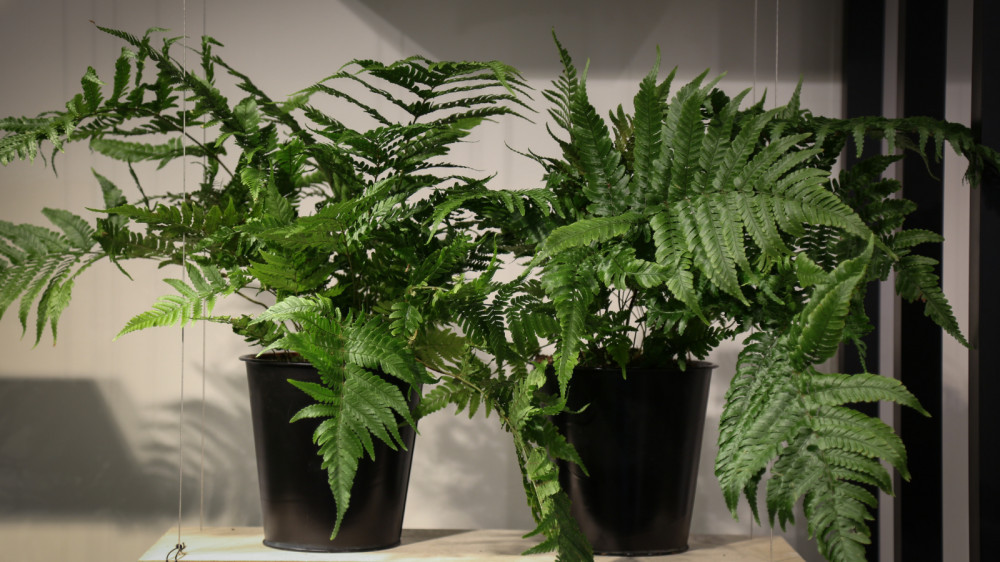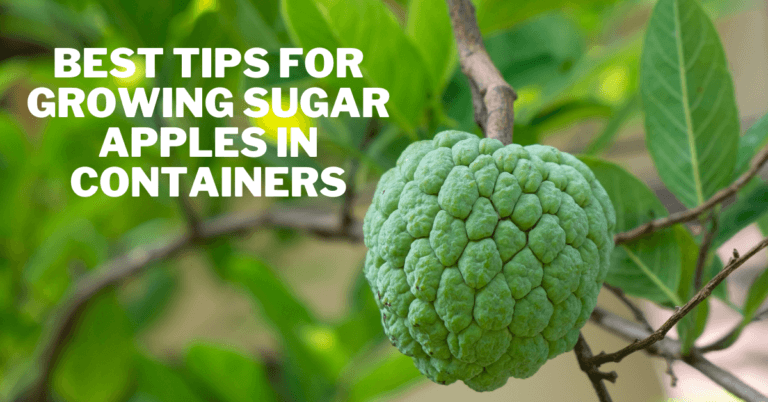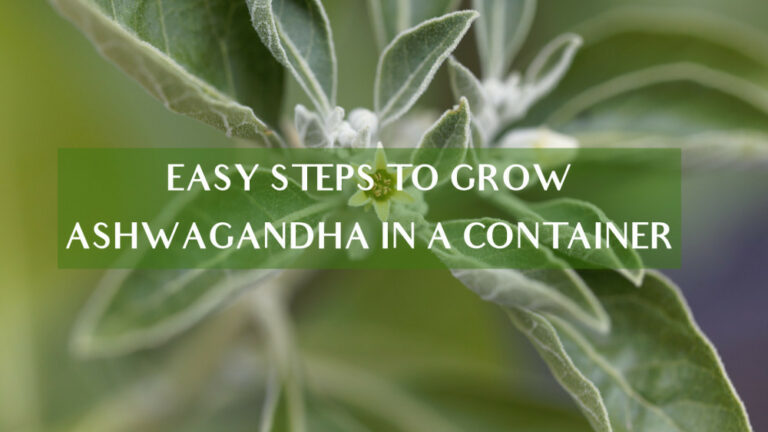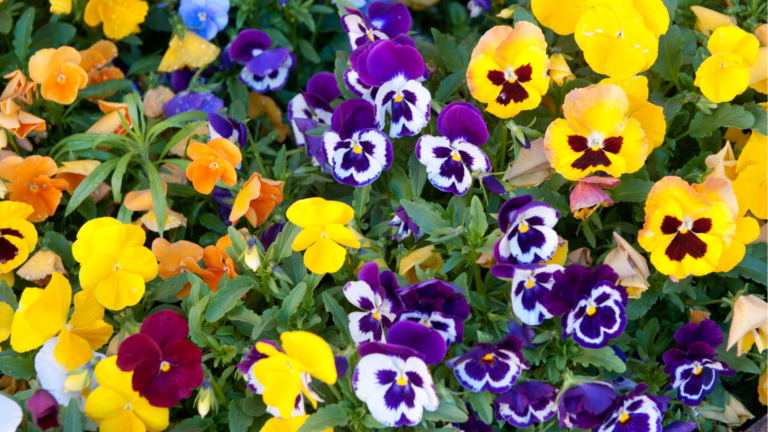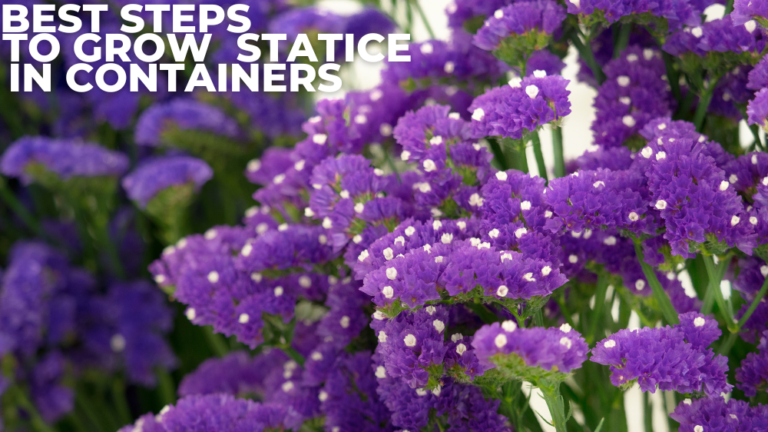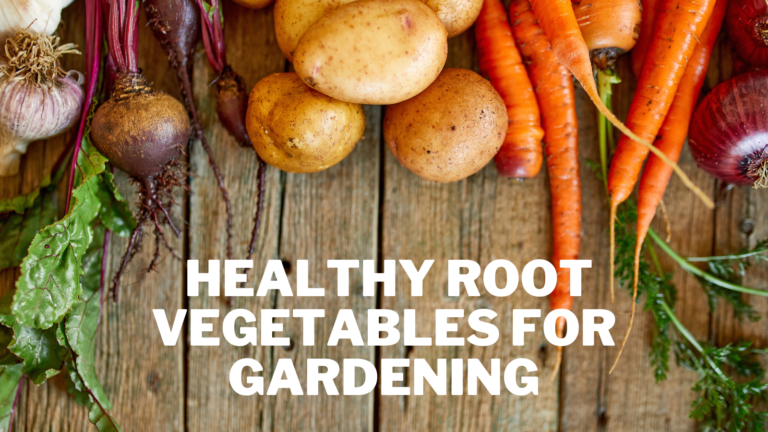Easy Steps To Grow Ferns In A Container
Easy Steps To Grow Ferns In A Container
Ferns are fantastic and provide a lovely touch to your garden. Ferns are ancient plants that grow in forests, rocky hills, and sand.
Ferns can also be grown in pots. It can be grown with other plants or combined with other flowers. The blog will assist you to grow ferns in a container.
What Are Ferns
A type of plant known as ferns reproduces through spores rather than flowers or seeds. Botanists disagree regarding the exact classification of these plants. However, most would agree that they fall under the Pteridophytes group.
Even plants that are not strictly ferns, such as the asparagus fern (Asparagus aethiopicus), which has blooms but no spores, are still referred to as ferns by gardeners, garden shops, and retailers.
Therefore, defining a fern in the context of gardening has more to do with a plant's form, shape, look, and presence than with its honest scientific group.
However, many ferns originate in tropical areas, and as you may already be aware, tropical plants frequently have unique exotic looks.
History And Origin Of Ferns
With a middle Devonian (383–393 million years ago) fossil record, ferns are one of the oldest plant groupings on Earth (Taylor, Taylor, and Krings, 2009).
According to recent estimates of divergence times, they may be substantially older, having initially evolved as far back as 430 mya (Testo and Sundue, 2016).
Most of the earliest ferns have subsequently gone extinct, despite the group being extremely old.
The old tree ferns Pseudosporochnales and Tempskya, the diminutive, bush-like Stauropterids, and groups like the Rhacophytales—possibly some of the first fern ancestors—all long since vanished.
Regarding geologic time, the diversity of ferns we see now evolved relatively recently, with many occurring within the last 70 million years.
Even though they are not as economically significant as seed plants, ferns are essential in some cultures.
Some ferns are eaten as food, such as the fiddleheads of Osmundastrum Cinnamomum, Matteuccia struthiopteris, and Pteridium aquilinum (bracken) (cinnamon fern). In the tropics, diplazium esculentum is also consumed as food.
In New Zealand and the South Pacific, king fern tubers, or “para,” are a common food source in Europe.
Fern tubers were first eaten as food 30,000 years ago. In the Canary Islands, the Guanches made gofio from fern tubers.
Generally speaking, ferns are not known to be toxic to people. Native Americans in the Pacific Northwest consumed the rhizomes of licorice ferns for flavour.
Types Of Ferns
There are more than 20,000 identified species of ferns. Numerous fern species thrive both outside and indoors.
Indoor ferns flourish in bright light as long as they are not put in the path of direct sunlight, whereas outdoor ferns thrive best in somewhat shaded regions.
Even the most inexperienced gardeners can successfully cultivate ferns because they rarely contract diseases or have insect infestations. You need to know the best varieties to grow ferns in a container.
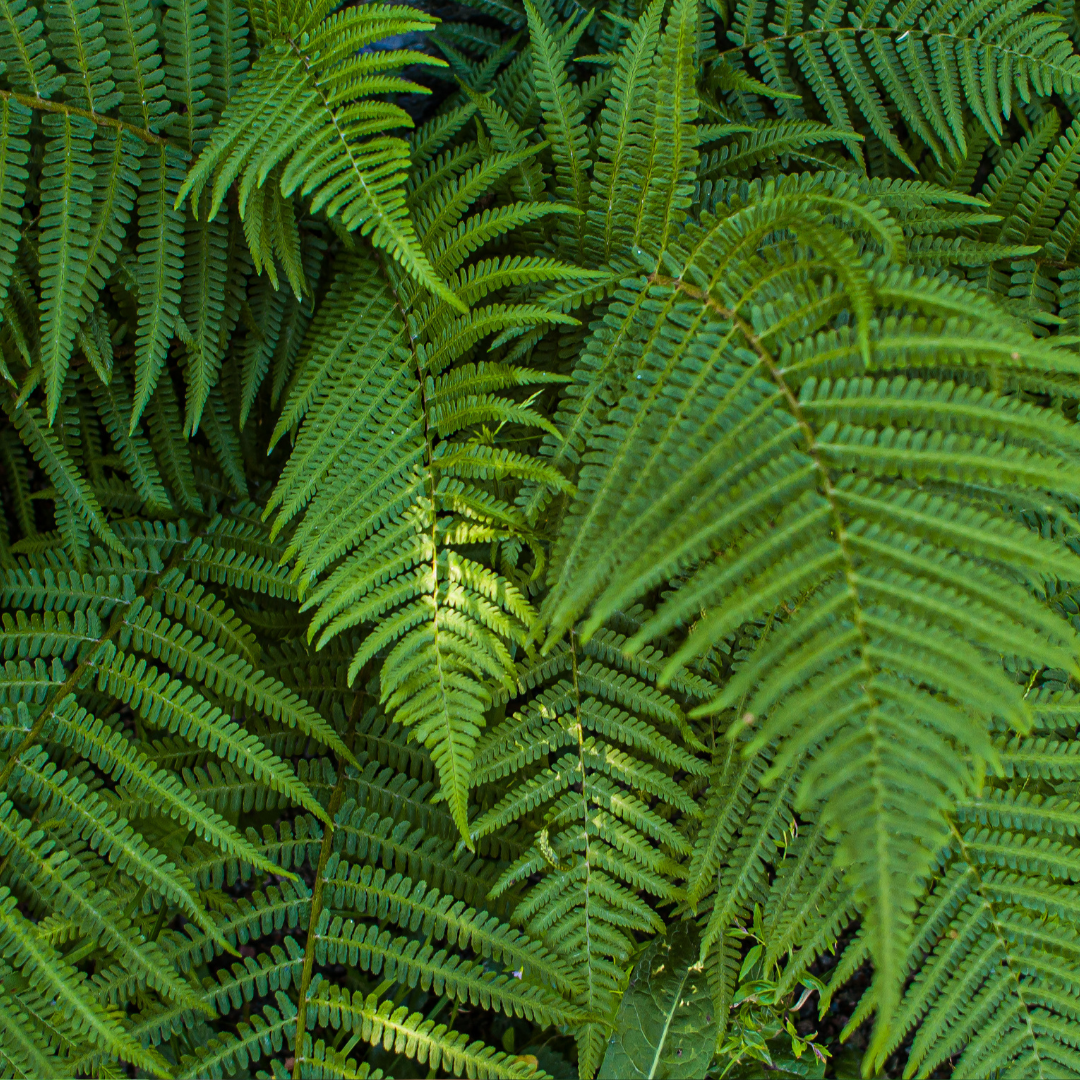
1. Boston Ferns
Although they grow naturally outdoors in many areas, these are the most common indoor plants.
Their margins are covered in deep, uniformly spaced indentations, and their leaves are dark green. Boston ferns can reach enormous sizes and benefit from regular, mild watering of the fronds.
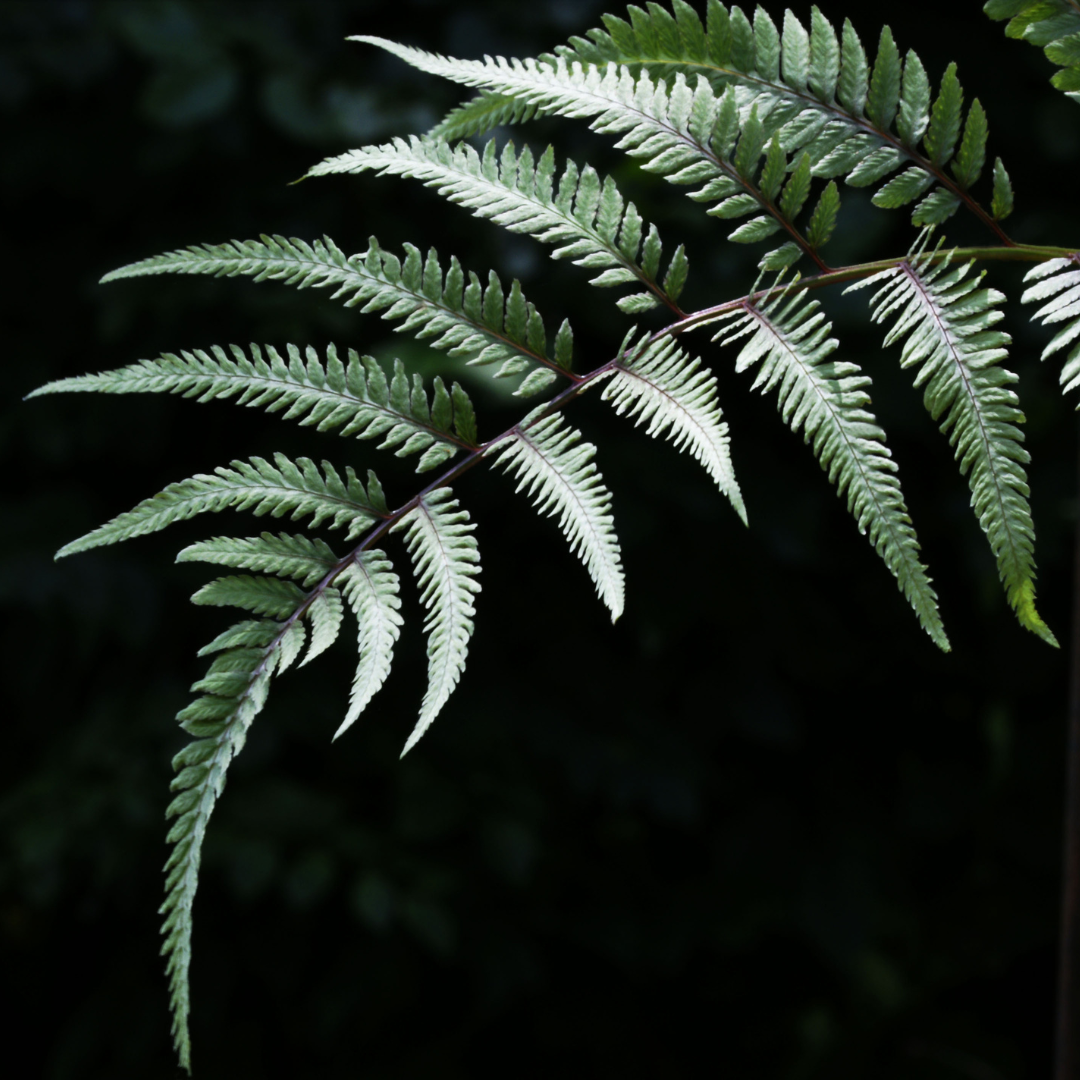
2. Grey Ghost Ferns
It resembles a plant from the moon rather than the earth. It has a beautiful lunar quality. The midrib, which is reddish purple, enhances the appearance of the trembling leaves. It is understandable why it was given the Royal Horticultural Society’s Award of Garden Merit.
Although its highly unique shadow gives it a very ethereal presence in any garden, the leaf shape is not remarkable like those of other fern species, is bio-inherent, and is similar to most fiddlehead ferns (which is still amazing). This fern species is ideal for modern, even minimalist landscapes, where it can take center stage, but it can also add a unique touch to more classic gardens.
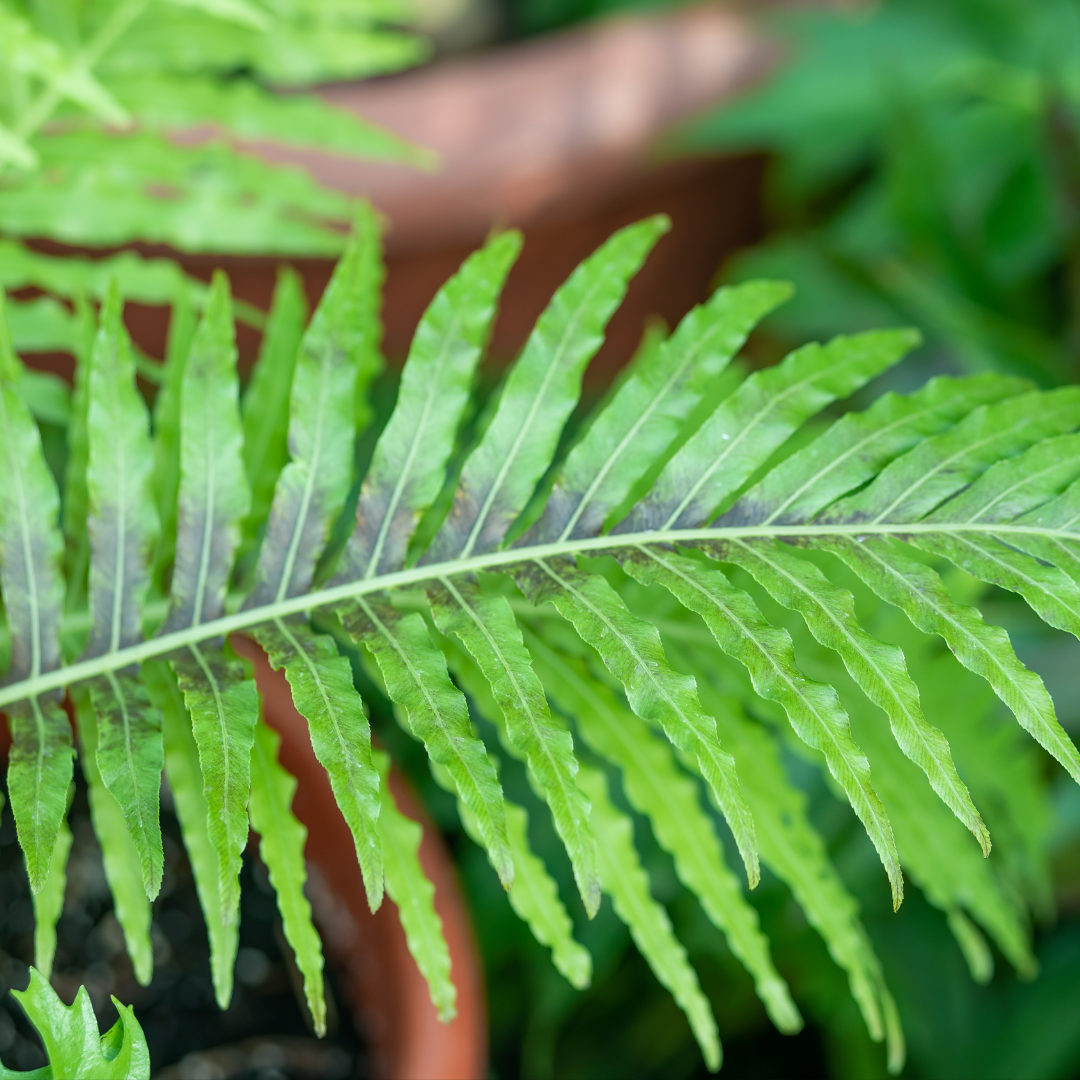
3. Holly Ferns
This type is heat, light, and water-tolerant, with three to four-inch dark green leaves that mimic those on holly bushes. The three species offered are Japanese, Hawaiian, and East Indian holly ferns.
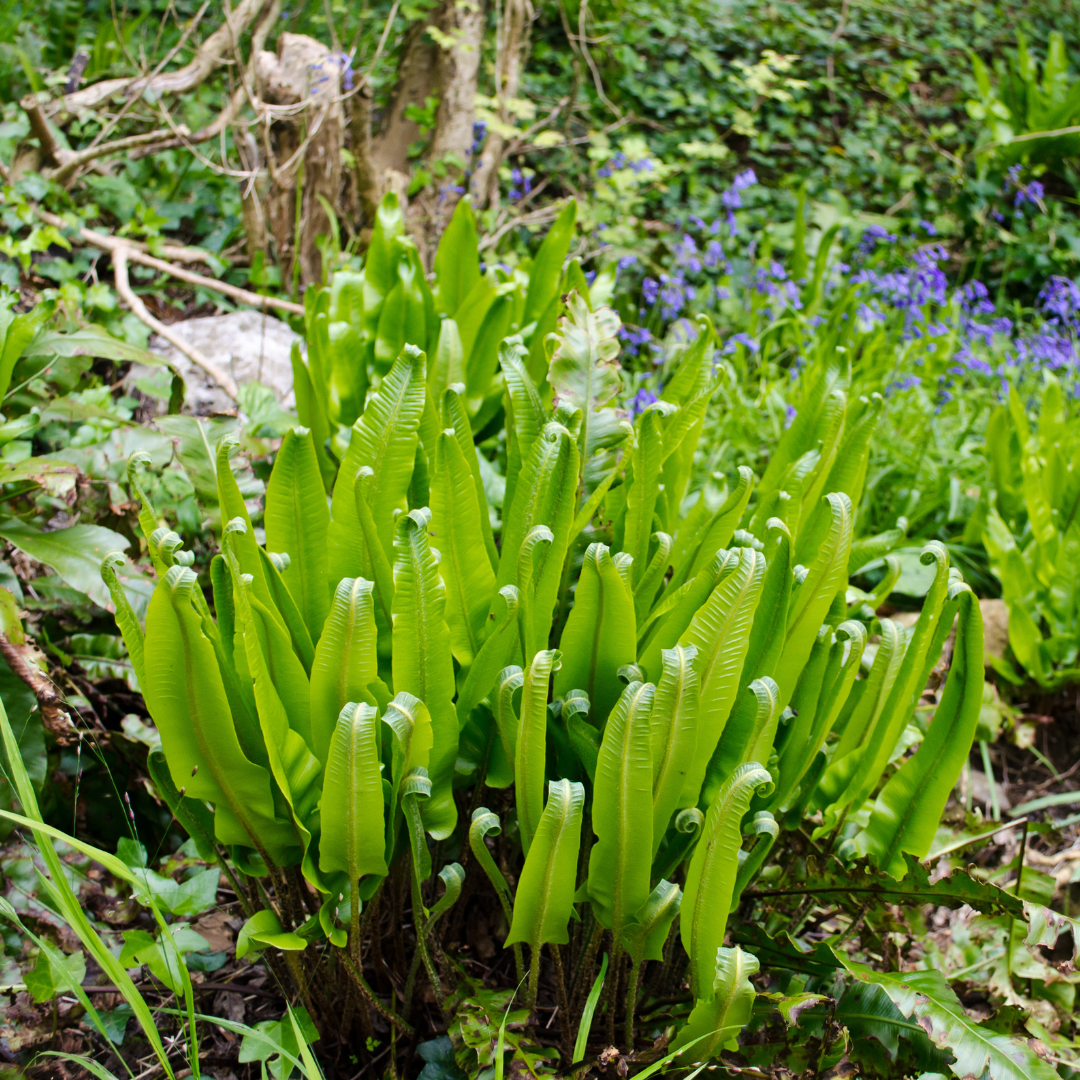
4. Hart’s Tongue Fern
The leaves are glossy, bright, light green, and exotic. Its arching leaves, which are not split or frilled but resemble small snaps or tongues, create a lovely rosette.
The reddish colouration of the underside of this fern's leaves when the spores form enhances the plant's aesthetic appeal.
This outdoor fern may be grown easily in pots, beds, and borders, and if you want to create a sprawling, lush “Paleolithic meadow,” it can also be used as ground cover. It will add a tropical feel to any terrace or patio.

5. Staghorn Fern
This fern type is ideal for hanging baskets and other similar containers since its fronds resemble deer horns and spread out from a central point, as implied by its name.
It is a tropical fern with a stunning appearance, making it the ideal focal point for a patio, terrace, or houseplant.
Its falling fronds, which some people mistake for kelp because they are shiny and bright green, can transform any space with their commanding presence.
It naturally grows on tree trunks and is an epiphyte, which means it will take nutrients and moisture directly from the air.
Because of this, you can squeeze it into a small hole or crack on a tree or an ornamental wood post.
Staghorn fern compositions work well with flotsam. Alternatively, you can combine it with other tropical or at least highly sculptural plants, such as banana plants, palm trees, bromeliads, anthuriums, etc. A staghorn fern won't look out of place in a rock garden with an exotic atmosphere.
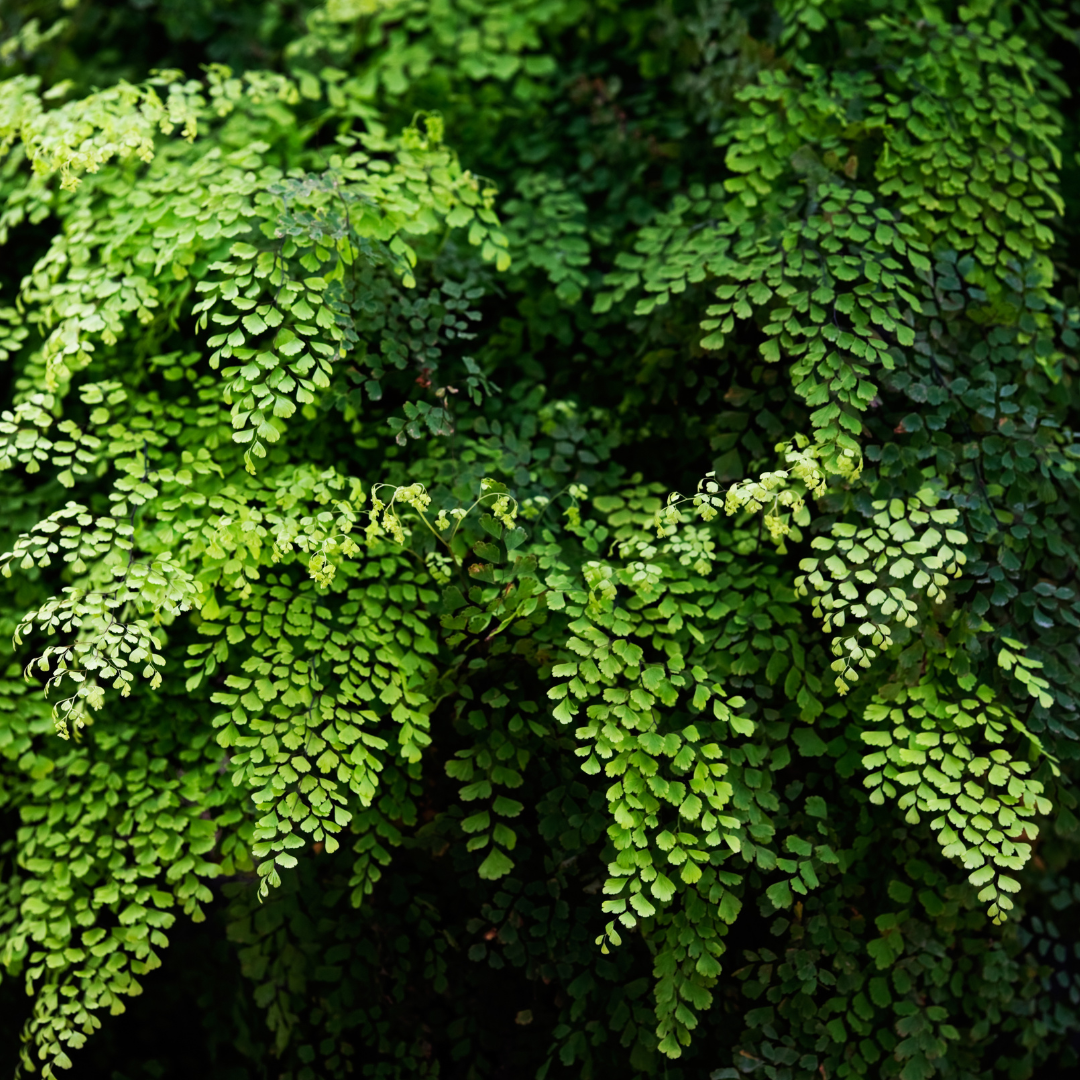
6. Maidenhair Ferns
This unusual plant is one of the most delicate varieties of indoor ferns, with tiny, delicate leaves and thin, black stalks.
They are difficult to grow since their leaves cannot survive without misting, and they thrive best in humid environments.
Because of the humidity in the corners of large bathrooms, maidenhair ferns thrive but cannot endure direct sunlight.

7. Delta Maidenhair Ferns
From the staghorn fern's exotic showmanship to the filigree texture of the diminutive but lovely delta maidenhair fern.
The leaves of this relatively small fern type, which are delta-shaped (the name was a hint), can produce a profusion of fronds with purple-black stalks, giving the impression of dappled light and lush foliage.
Depending on the plants you grow it next to, this fragile but captivating beauty is perfect for both exotic and cottage or moderate appearances.
Tropical flowers can create a background that resembles a greenery fabric, while with fewer architectural plants, it creates the impression of thick undergrowth and unique foliage.
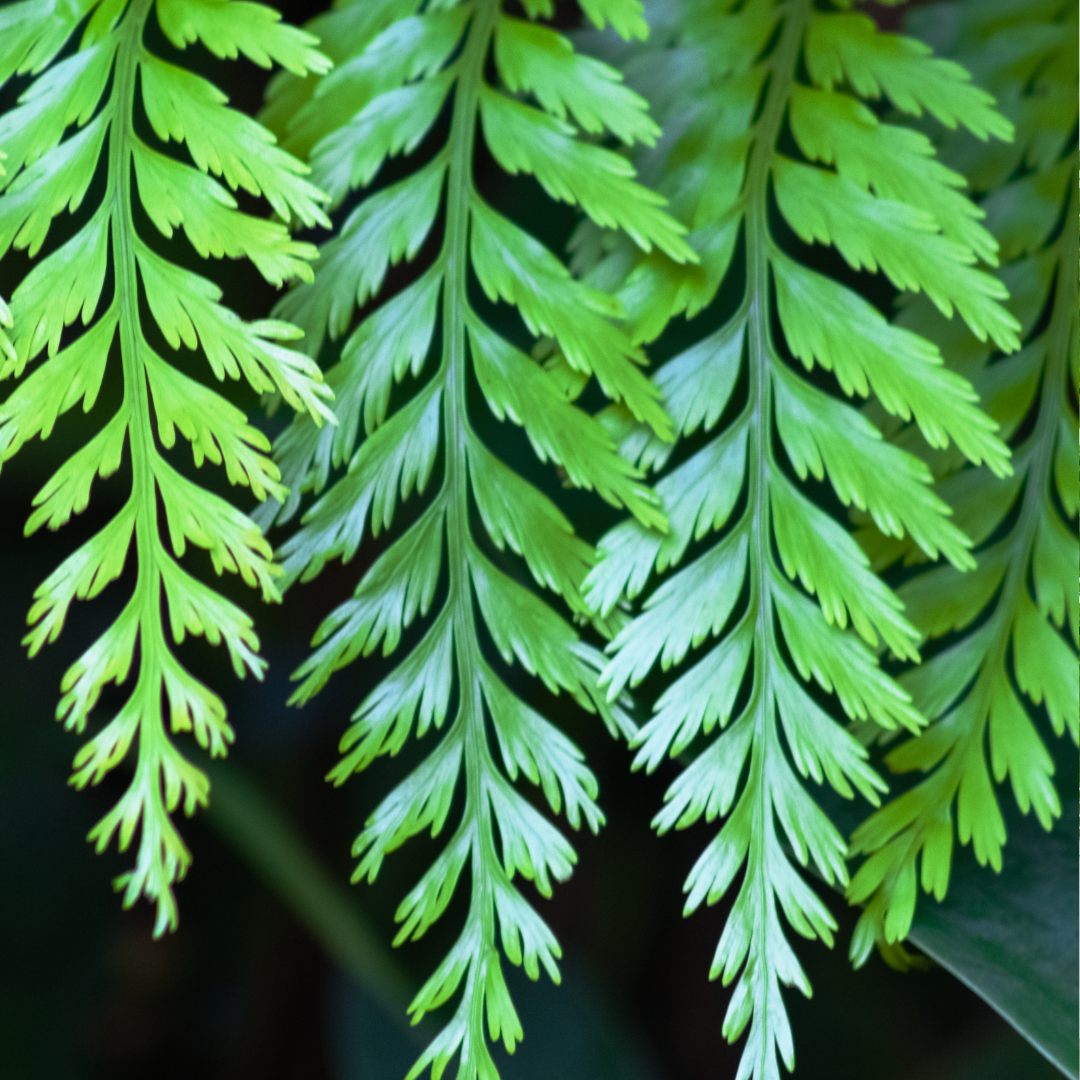
8. Hen And Chickens Fern
The fronds, which are light green and separated into very thin, almost needle-like segments, arch quite elegantly and might remind you of a few pine branches. This is a fern variant with entirely different foliage.
Compared to the other fern plants we have examined, this one will have a completely different effect on you.
Its feathery texture makes it perfect for use as a beautiful underbrush, a companion plant in flower beds and borders, and a light but substantial presence in pots or hanging baskets on patios and indoors.

9. Kangaroo Fern
This fern will look great indoors and outdoors in exotic and tropical environments. It will look well on borders, beneath bigger tropical plants, or next to bold and striking species in your garden.
Even though this Fern is from Australia, it will nonetheless ensure that loom we associate with explorers in the Congo or Papua New Guinea when planted in pots on a balcony or patio.
Its strong sculptural presence inside has made it a favorite in classy workplaces, hotels, and living rooms.

10. Japanese Painted Fern
This outdoor fern is ideal for your garden if you live with brutal winters because it can resist temperatures as low as -30F.
This fern's tapered fronds only reach a maximum length of 18 inches and have lovely purple and silver mixtures.

11. Australian Fern
As its name suggests, this plant is a tree that typically reaches a height of approximately 30 feet, with fronds that are 8 feet long and a stem about 6 inches in circumference.
Plant it only in an environment with plenty of precipitation and warm temperatures since it grows across the rainforests in New Zealand and Australia.
Health Benefits Of Ferns
You probably won’t believe it, but fern leaves are relatively high in protein and minerals like zinc, potassium, and calcium.
Additionally, it is a fantastic source of vitamins A, and C and a small amount of vitamin B complex.
Locals familiar with fern as an edible vegetable view this plant as having potential for use as a home cure. You can read the list below to discover more about fern leaves' advantages for your health.
1. Supports Bone Health
Calcium is one of the incredible medicinal qualities present in fern fronds. This indicates that because bones and teeth are the primary advantages of calcium, this green vegetable is fantastic for them.
2. Helps Reducing Symptoms During PMS
Even though pregnant women should not ingest fern leaves, ferns are an excellent vegetable for PMS since they are rich in minerals that can help with the symptoms.
3. Promotes Optimal Function of Nerve System
You must ensure that mineral absorption is at its best if you want your nervous system to function properly.
Minerals that are beneficial to promoting the best possible function of the nervous system are abundant in fern leaves.
Additionally, thiamine, one of the B vitamins that enhances the neurological system’s performance, is found in fern leaves.
4. Excellent Source of Phosphorus
Phosphorus is the least well-known mineral, although it has a significant purpose.
This mineral will ensure that fats and carbohydrates are used to their full potential to avoid gaining too much weight.
Fern leaves in serving size could assist in completing the recommended daily allowance of phosphorus.
5. Sources Of Iron
Fern leaves include phosphorus, calcium, iron, and other minerals. Iron is one of the crucial minerals which helps the body produce red blood cells and has other health advantages. RBCs are crucial for supplying the entire body with nutrients and oxygen.
6. Promotes Healthy Vision
Fern leaves are a rich source of vitamin A, making them an excellent plant for improving vision.
Fern leaves should be a regular part of the diet of anyone experiencing visual problems to help alleviate the symptoms and promote healthy vision.
7. Food Recommended For Diabetic Patients
People with certain types of diabetes must know that controlling their food daily is more difficult than it once was.
On the other hand, fern leaves might be an excellent dish for diabetes patients because they are healthy, and fern leaves may assist in lowering blood sugar levels.
8. Improve Appetite
There must be times when you don’t feel like eating. So why not regularly incorporate fern leaves into your diet to aid healing? Fern leaves might be a fantastic supplement for people who are currently recovering.
Grow Ferns In A Container
Ferns are fantastic and provide a lovely touch to your garden. Ferns are ancient plants that grow in forests, rocky hills, and sand.
Ferns can also be grown in pots. It can be grown with other plants or combined with other flowers.

Container Requirements
A plastic pot no deeper than 6 inches is ideal because it retains moisture better. If the plant is too huge or small for the container, it will be challenging to keep the soil moist. Make sure the container has adequate drainage and is clean.
The ferns should be planted in their pots or containers for the best results, which is the first thing you should know.
Although some individuals prefer to use mixed containers that hold several different plants, this will probably make things more complicated than they need to be.
Who needs flowers when you have leaves like this? The intriguing element in this container is the Australian sword fern.
Rich crimson tones contrast with the lush green scheme and add colour throughout the season. In this container, the texture is also significant.
The more delicate textures of the fern, creeping Jenny and trailing coleus contrast with the medium-sized leaves of the red coleus to create a focal point.
The mass of the black, solid container and the size of the elephant ear's huge leaves prevent the whole impression from appearing overly “busy” and disorganized.
Soil To Grow Ferns In A Container
Verify that the soil retains moisture, drains efficiently, and contains a lot of organic matter. Remember that it typically grows in woodlands on soil with many decaying leaves and organic waste.
A soil mixture for ferns needs to retain enough moisture, have a high percentage of organic matter (peat, leaf mould, ground sphagnum moss, etc.), drain well, and have good air circulation.
The roots must have access to minerals, calcium and magnesium. Rotted leaf mould is a simple addition to your potting soil if you live close to a forest because it is a critical component of soils where ferns naturally grow.
Peat and sphagnum moss are the next-best options for organic matter because they are widely available and are closer to woodlands than many gardeners are.
Many gardeners find that commercial soilless potting combinations work well for growing ferns in pots.
All ferns cannot be grouped since they are different, just as not all flowers are identical. You might need to experiment with your potting soil to get the optimum mixture for your fern variety.
Research online or contact your neighbourhood Extension office to learn more about the fern species you choose.
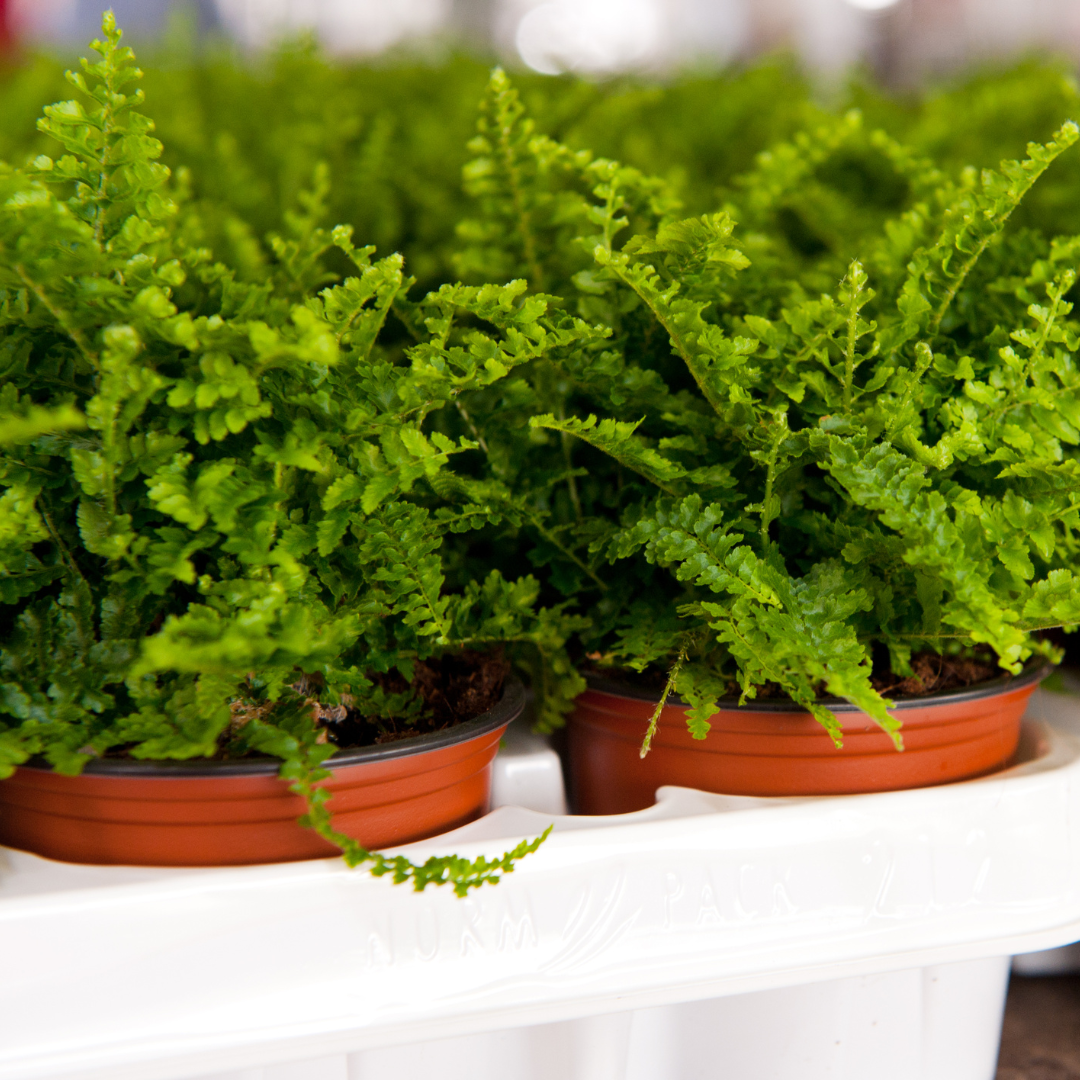
Choose A Location To Grow Ferns In A Container
Most ferns prefer a dark, cold, damp environment. They thrive in conditions between 70°F and 80°F.
They must be protected from the sweltering summer sun. Ferns need hardening off time, just like other house plants, if you have been growing them in containers indoors and are transplanting them outdoors for the summer.
Place your ferns in a cool, shaded area and keep them away from the heat and sun for about two weeks.
Move them to a slightly warmer area until they recover if they begin to wilt, sag, or change colour.
They will be an excellent addition to your container garden once they get used to outside. If you've just moved your fern, keep the area around it damp by covering it with a clear plastic bag and setting the pot on a tray of wet stones.
Take the bag off if the plant appears joyful and healthy after a few days. They will be an excellent addition to your container garden once they get used to outside.
If you've just moved your fern, keep the area around it damp by covering it with a clear plastic bag and setting the pot on a tray of wet stones. Take the bag off if the plant appears joyful and healthy after a few days.

Sunlight Requirements
The majority of ferns prefer shade. However, they struggle under extreme shade. The ideal conditions are created by the dappled shade offered by tree branches.
Discover environments in your yard comparable to how they develop in the forest.
Ferns can tolerate a certain amount of direct sunshine, but the more sunlight they receive, the more moisture they require.
Only a few species, like the ostrich fern (Matteucia struthiopteris), can survive in dry, hot, sunny environments.
Most ferns thrive in the filtered shade of large trees in their natural habitat.
Ferns often grew indoors and preferred various lighting conditions, ranging from dim indirect to brilliant direct light, but never extreme direct sunlight. For many ferns, a window with northern exposure is excellent.
If you position the ferns in front of a window with western or eastern exposure, you can reduce the light by covering the window with a sheer drape.
Summertime is a crucial time to practice protection. Frequently, too much light leads to robust stems and yellow fronds, while too much light may result in spindly growth.
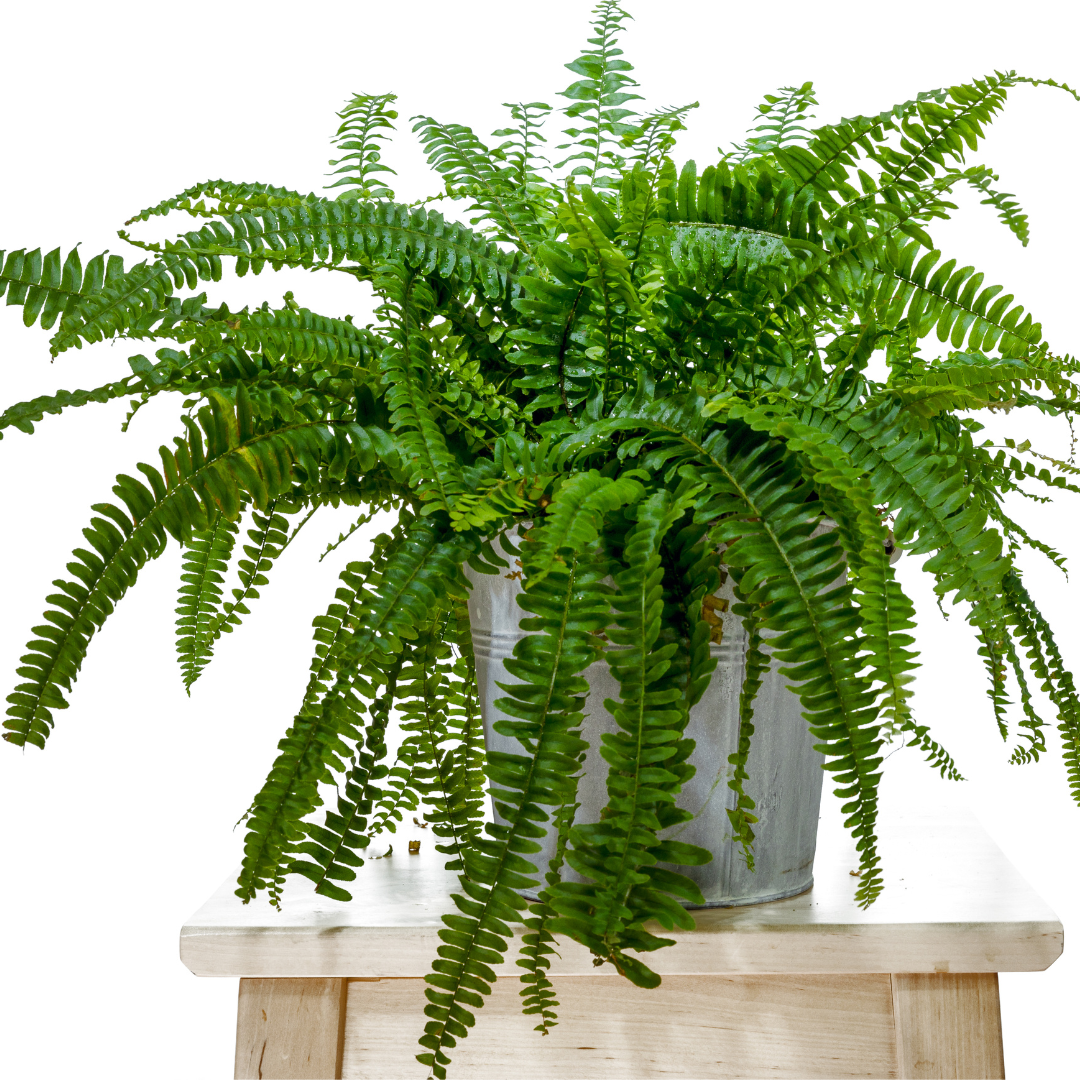
Planting
Most ferns have shallow root systems because they often grow on rocks, stones, or in shallower soil than most other plants.
For this reason, when growing ferns in containers, shallow pots or 3-6′′ deep pans are ideal for starting ferns.
Use a pot that is not too huge. There should be leeway for the fern to grow around the pot's edges of around 1-2 inches.
If the pot is too big, keeping the fern's hydration level at the right level will be challenging. Start with thoroughly clean pots.
Verify that there are enough drainage holes. Use a coffee filter or mesh screening to seal the gaps. Then, add your potting soil mixture to the pot up to halfway.
Carefully separate the root ball to expand the roots to the pot's edges. Up to an inch below the pot's top, bury the roots in the soil.
Be careful not to enclose the plant's crown (top of the plant where leaves originate). Set your fern in a shady area to give it time to get used to its new home, and water thoroughly to saturate all the soil, being careful not to water the crown.
Humidity And Temperature
While indoor air is typically warm and dry, most ferns are woodland plants that need low temperatures and high humidity.
The ideal room temperature for ferns is 60° Fahrenheit or lower at night and not above 72° Fahrenheit during the day.
An electric humidifier is the most excellent way to increase the space's humidity. You may also make a humidity tray by putting stones in a shallow bowl or tray. Place the pot on the pebbles and continuously mist the pebbles.
Water evaporating creates humidity all around the fern. Make sure the pot isn't submerged in water because that will cause the water to wick up through the drainage hole and perhaps harm the plant.
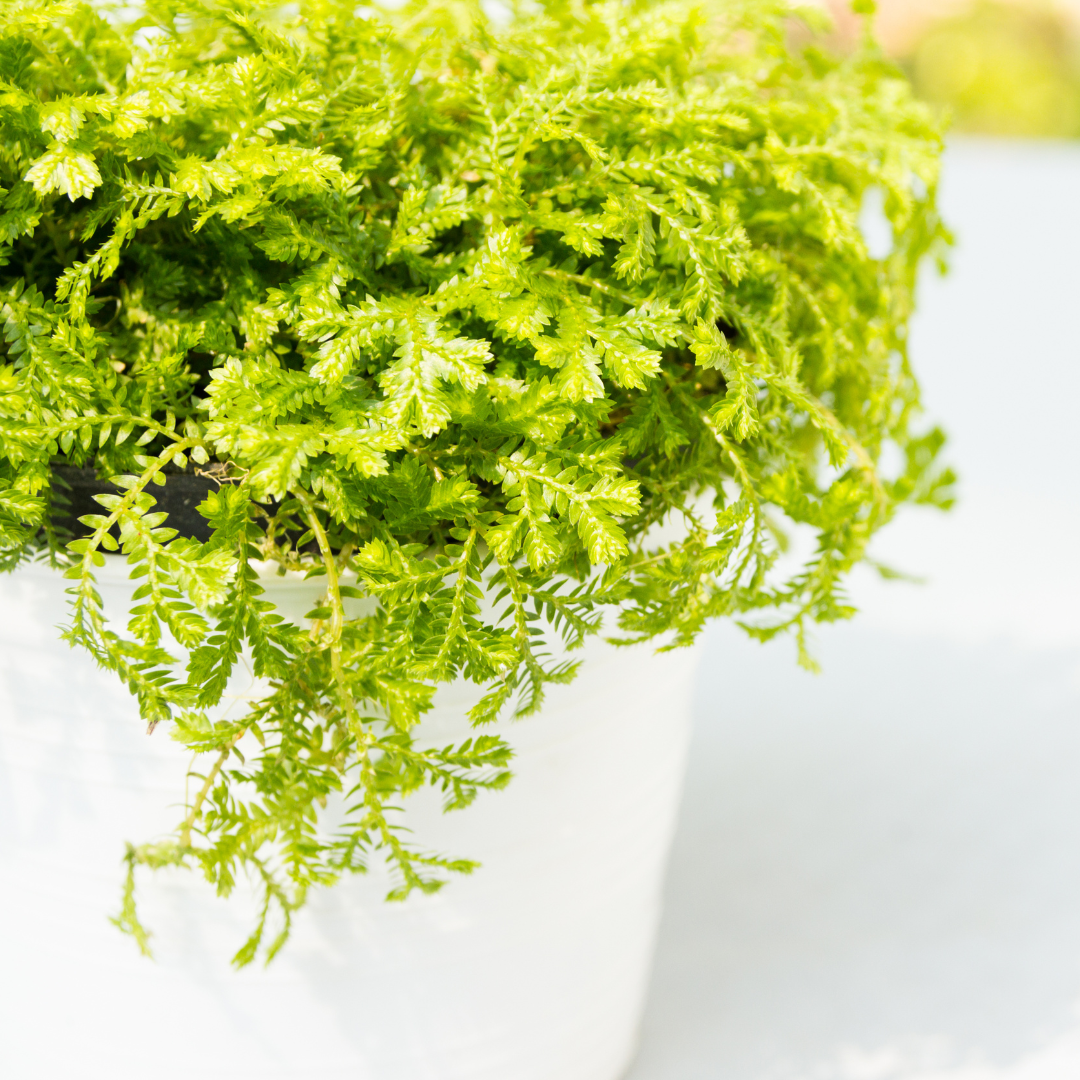
Watering Requirements
When growing ferns in containers, proper irrigation is crucial. Either overwatering or underwatering frequently causes failure with ferns.
Contrary to popular belief, ferns do not enjoy having moist roots. Some prefer dry between watering, like the Boston and the Birds nest fern.
For information on the appropriate moisture level for your chosen type of fern, consult the growth instructions.
Most ferns will thrive if placed on a tray of wet stones. The humidity from the damp pebbles helps to keep your fern green and growing ferns in healthy circumstances.
Don't let the pot submerge itself in the water. It's crucial to avoid letting your fern soak in water, as doing so increases the likelihood that your plant may decay.
Not the plant, but the dirt. Particularly with Birds Nest ferns, never water your plant's central fern.
If your fern is overwatered or underwatered, leaflets will fall off, indicating that your plant needs more water.
You can check your plant's root system to see if this occurs. A healthy light beige shade should be present at the roots. Your fern roots will have an unhealthy black colour if you are overwatering.
The question is whether to mist or not. On this issue, there is a lot of debate. While some horticulturists argue that this step is unneeded, others will tell you that it is crucial to the healthy development of your fern. Mist if you'd like; it won't hurt.
Forget it if you don't want to be bothered. Try both methods to discover whether there is a difference in plant health if you are a gardener who enjoys experimenting with various techniques.
Transplanting And Propagating
Some ferns require frequent repotting when grown in pots because they increase. It's time to divide your ferns so new plants can thrive when they get too big and outgrow their designated area. Examine the fern after removing it from the pot. Most likely, the plant will have numerous crowns.
Repot the plants after separating them. Some plants produce tiny plantlets along with lengthy, stringy runners.
Separate the plantlet from the parent plant once it has two to three fronds and some roots, and then plant it in moist potting soil.
Don't bury the crown, please. Within 6 to 8 weeks, this plantlet will mature into a plant that needs to be re-potted.
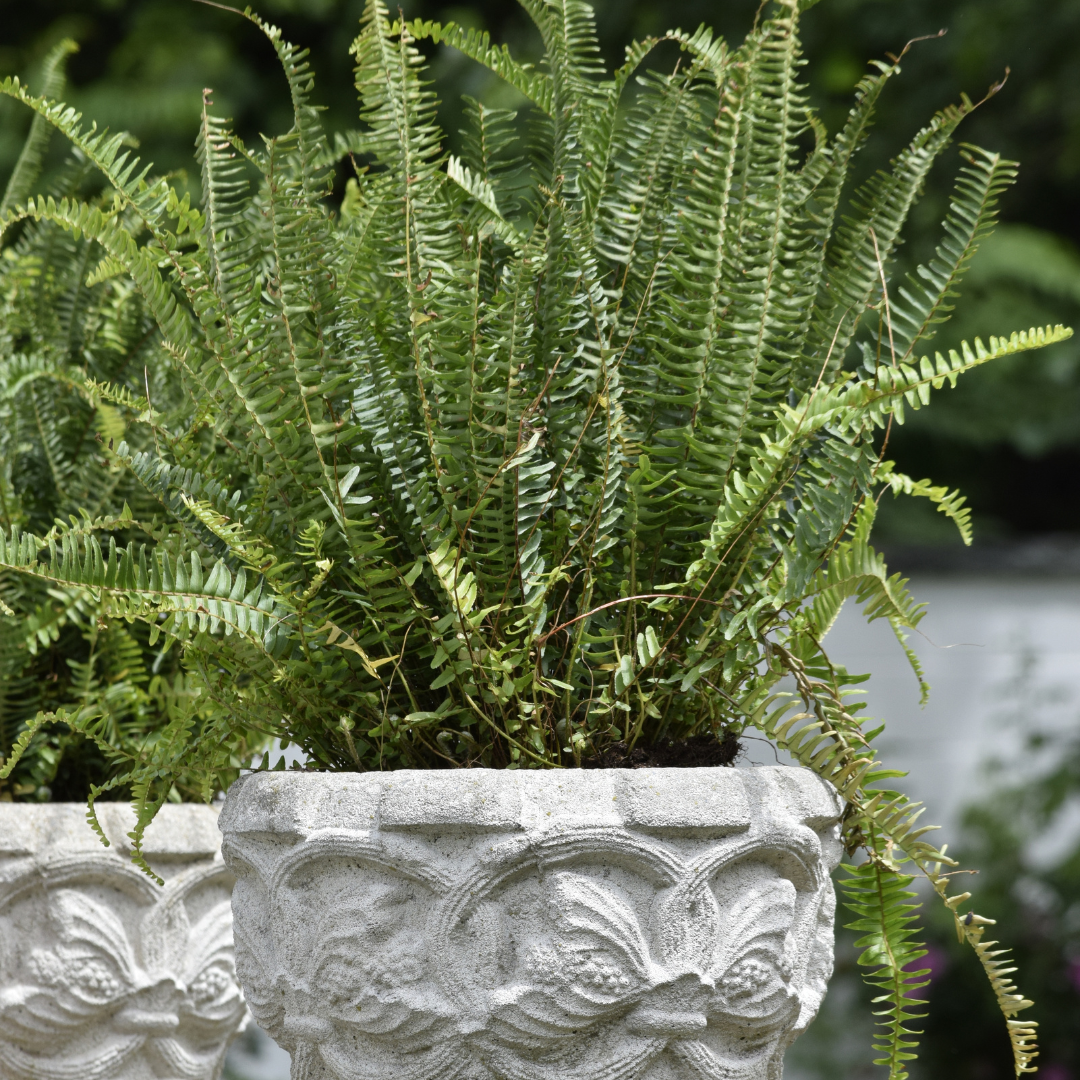
Fertilizing Requirements
The ferns' ability to thrive may be aided by fertilization. Simply make sure to approach things properly. During the spring and summer, feed your ferns.
For ferns, this is their regular growing season. Feeding the ferns once a month is typically advised during the growing season. Use a 15-5-15 fertilizer for best results, though you could also use a 20-10-20 fertilizer.
During the winter, you won't need to fertilize the plant as frequently. During the winter, try to fertilize the plant every two to three months, and keep in mind not to fertilize a dormant fern.
Keep in mind to adhere to the fertilizer's directions after purchasing.
Never use too much fertilizer because the plant could become harmed. It is also advantageous to use distilled water in the winter to remove salts that may have accumulated in the soil over time.
If you carefully fertilize the plant, you will undoubtedly achieve good results.
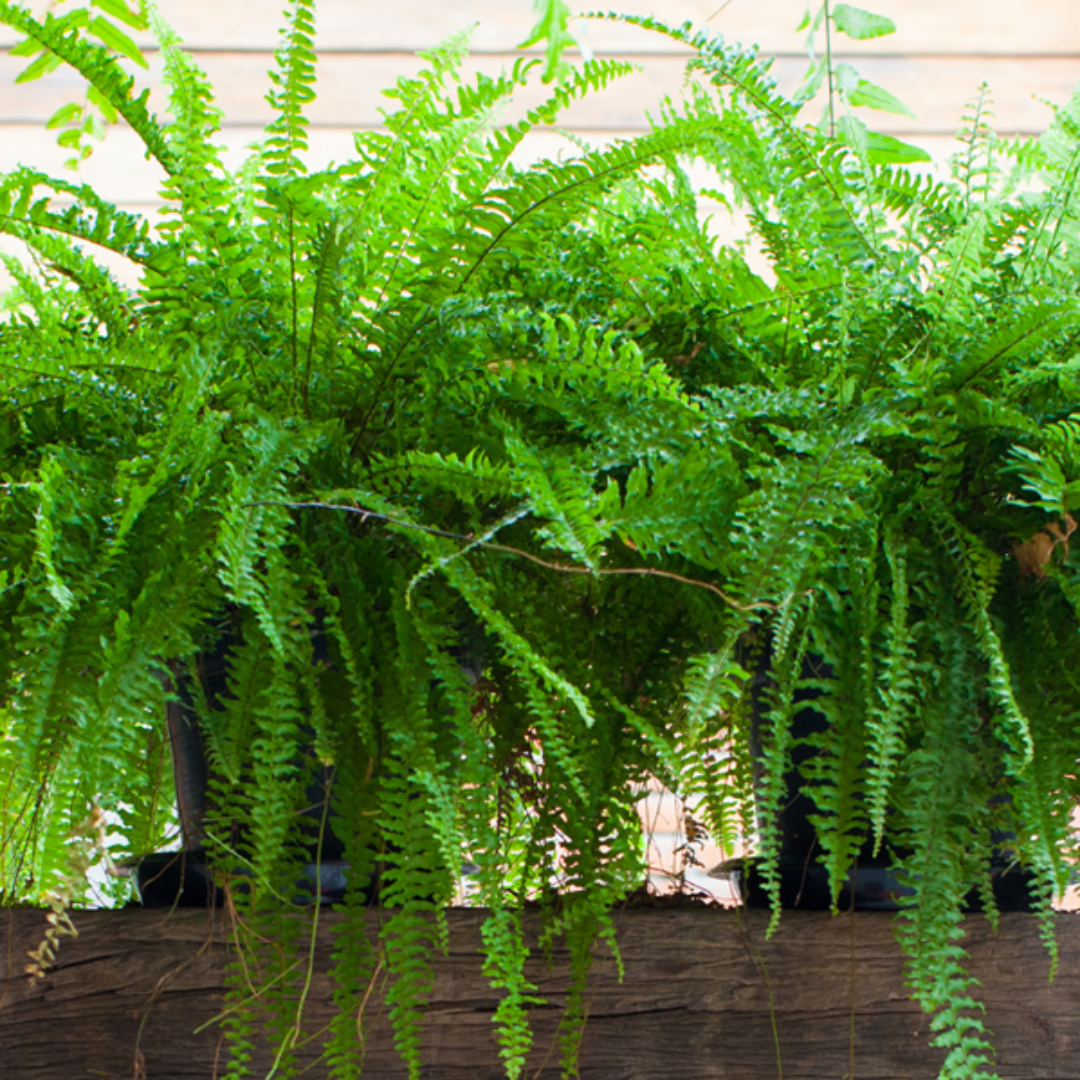
Winter Care Of Ferns
Ferns are among the easiest plants to overwinter when adequately prepared before a brutal cold.
Cut off several inches of the outside fronds from your fern. Do not disturb the plant's center.
Before bringing the plant home, let it dry off. To store the plant, use a cool place like a garage or basement to store the plant.
The plant should ideally not be exposed to direct sunlight. The plant will only require monthly watering while it is dormant for the season.
It is also possible to cultivate ferns as indoor houseplants by bringing outdoor potted ferns inside for the winter.
Trim off any huge fronds and spray the plant to eliminate insects. As long as you provide ferns with the same growing circumstances indoors as they would receive outdoors, they can thrive as houseplants over the winter. It follows that giving the earth a damp, humid atmosphere will do so.
After the winter, ferns require time to harden off before being placed permanently outside for the summer.
After the fear of frost has passed, put them outside for a few weeks in a shaded, protected place so they can get used to it.
Pests & Diseases Of Ferns
Outdoor ferns are rarely seriously harmed by pests, though mealybugs and scale insects might occasionally be a concern.
Choosing healthy, pest-free plants from a nursery is the best way to avoid insect pests because pesticides are typically not advised for fern use.
Ferns will grow healthier over time and be more pest-resistant if planted in the right conditions. Besides potential slug damage to the fronds, most ferns don't have any significant issues.
Use commercial slug bait or diatomaceous earth sprinkled on the ground around the plants to fend them off.
Ferns won't spread as quickly if they receive too much sunlight or are in poor soil.
Conclusion
Although ferns do not have a significant economic impact, some varieties are utilized for food, medicine, biofertilizer, attractive plants, and soil remediation.
They have been the research focus for their capacity to remove some chemical contaminants from the atmosphere. Hope these tips will be very helpful to grow ferns in a container perfectly.
I trust you enjoyed this article on the Easy Steps To Grow Ferns In A Container. Please stay tuned for more blog posts to come shortly. Take care!
JeannetteZ
>>>Please click here to read my all-inclusive article about Container Gardening<<<
>>>Are you interested in homegrown herbs and medicine? Please click here to find out more about it!<<<
Your Opinion Is Important To Me
Thoughts? Ideas? Questions? I would love to hear from you. Please leave me your questions, experience, and remarks about this article on the Easy Steps To Grow Ferns In A Container, in the comments section below. You can also reach me by email at Jeannette@Close-To-Nature.org.
Disclosure
This post may contain affiliate links. As an Amazon Associate and other affiliate programs, I earn from qualifying purchases at no extra cost to you. Read my full affiliate disclosure.
You might also enjoy these blog posts:
Easy Steps To Grow Calendula In A Container
Easy Steps To Grow Kava In A Container
Easy Steps To Grow Marigolds In A Container
Easy Steps To Grow Ashwagandha In A Container
Easy Steps To Grow Ginger In A Container

